Wild nature is characterized by the struggle for survival, where all organisms seek to survive at all costs. Beyond the cruel interactions of hunting and chasing, the relationship between predators and prey is what allows communities to be in balance. In this article we will talk about the importance of predators and prey, their characteristics and examples.
What are predators and prey and their characteristics?
Predators are living beings that hunt other organisms, called prey, in order to feed and subsist through a transfer of energy in the form of food . It is an interaction in which one organism is benefited, while the other involved is harmed. The predator can completely consume a prey, or only take a part of it, although it causes considerable damage.
Normally the bloodthirsty example of ferocious animals hunting other small herbivorous animals comes to mind, but there are more types of predation. Predators can be omnivorous or carnivorous animals that hunt other animals . They can also be animals that eat plants, a type of predation known as herbivory. Although it may not seem credible, a predator can also be a plant, when it comes to extraordinary adaptations where they can prey on other animals, such as insects. Some authors define parasitism as another type of predation, where the parasite feeds on its prey while it is alive. If you want to know more information about Parasitism: definition and examples , do not hesitate to read this article that we recommend.
The relationship between prey and predator plays an important role in population dynamics , since without predators there would be an abundance of prey and, therefore, also of food for them. Regulation also works in the same way, as the number of prey determines the number of predators.
Predator Characteristics
Predator characteristics focus on their abilities to locate, capture, and consume prey. Therefore, we can highlight:
- Highly developed senses : such as smell, vision and hearing, capable of recognizing prey from miles away.
- Developed structure : to be more agile than their prey, with muscles capable of traveling long distances at maximum speed, heavy suffocating bodies, sharp nails and teeth to tear their prey, or annihilating poisons.
- Attractive to their prey : through aromas, such as certain carnivorous plants, or with attractive bioluminescence as a hook. Here you can learn more about how carnivorous plants feed .
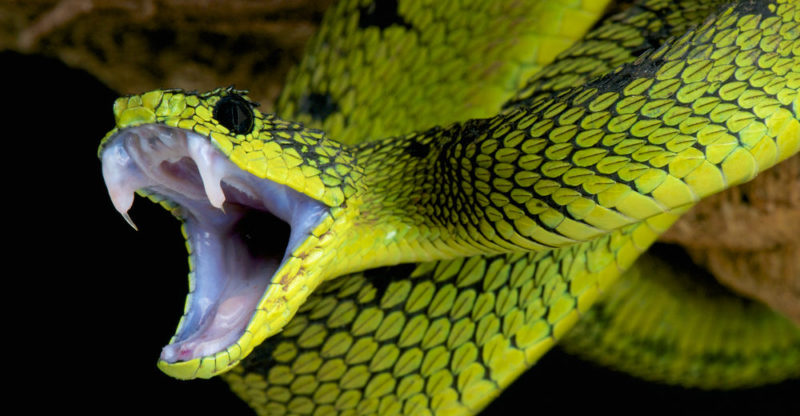
Characteristics of the dams
Prey also have adaptive features to defend themselves against predators.
- Camouflage ability : thanks to which they can go unnoticed in their environment. The colors can also serve as an alert, with bright colors or patterns that indicate to their predators that they may be in danger if they are harmed. If you are curious to know more animals that camouflage themselves, here you can find more than 20 animals that camouflage themselves .
- Eyes on the sides : allowing them to see their surroundings and be on the lookout for predators. Their behavior is usually more alert and nervous than predators, so they are ready to run in case of threat.
- Mechanical defense structures against predators: such as sharp spines, or even
- Chemical defenses : like the capsaicin of the Chile that pretends to avoid being consumed, although the human has learned to take a liking to it.
Keep in mind that the number of prey is also important, since it usually exceeds the number of predators.
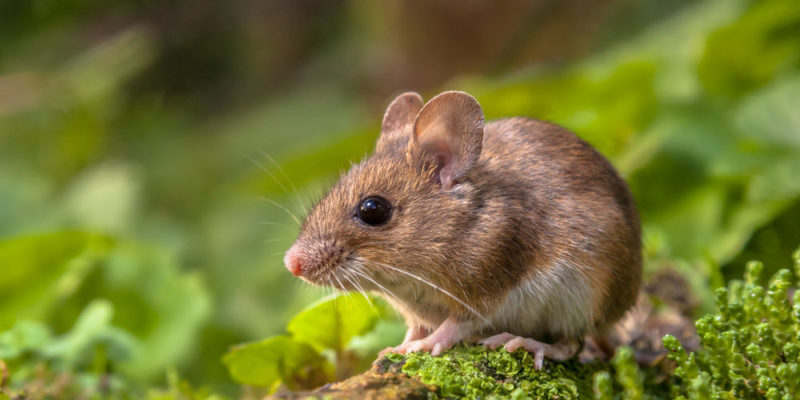
Defenses against predators
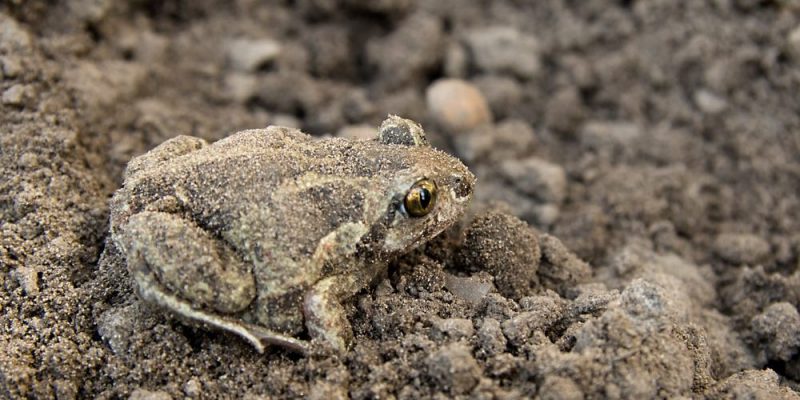
Predation is not a gentle process, but a violent one, and the prey do not participate in it voluntarily.
Therefore, in the course of evolutionary competition, prey have incorporated and learned tools to defend themselves against predators, such as:
- Chameleon skins to blend in with the environment and go unnoticed, or be confused with other unwanted species.
- Odoriferous or toxic glands capable of secreting poison, unpleasant or repellent substances.
- Armors and shells to resist the attack of the predator isolating the vital organs.
- Strong muscles to fight or escape at full speed.
Why is predation important?
Predation is key in the system of life .
It is the mechanism for the transmission of carbon from the most basic to the most complex forms of life, also allowing to exert significant pressure (known as natural selection) on the species, from their competition to survive and reproduce .
Charles Darwin discovered in the 19th century that this pressure is one of the most efficient engines for evolution .
Examples of predators and prey
In order to better understand the interaction between predators and prey, we are going to exemplify some of these relationships below.
Boa constrictor and vertebrates
The boa constrictor is a species of snake native to Mexico. It was introduced to other ecosystems causing serious losses of wild biodiversity due to its predatory nature. It does not have a particular prey, but rather takes advantage of all the vertebrate animals it finds, which can be mammals, birds or reptiles. They have no venom, but instead use their heavy body to suffocate their prey . They hunt at night because they use the difference in temperature between the prey and the environment, detectable with their thermosensitive labial scales. This nocturnal behavior, added to its arboreal location, makes bats its favorite food.
Rafflesia and flesh flies
Rafflesia is a genus of giant exotic flowers with a deep red color and 100 centimeters in diameter. They simulate a dead animal , since they give off an intense aroma of putrefaction and even the heat they emit simulates a recently dead animal. Although it is unpleasant to humans, the sarcophagus flies that lay their eggs in decomposing meat are inevitably attracted to them, where they are gobbled up as prey. They are unable to photosynthesize , so they are double predators. In addition to preying on flies, they parasitize trees to survive.
Lynx and hare
The case of the lynx and the hare is an excellent example to understand the role played by the relationship between predator and prey for population dynamics. The Canadian lynx feeds mainly on snowshoe hares and it has been observed that when hares are abundant, so are lynxes proportionally. These reach a point where they destroy the available hares , so they must consume other animals such as foxes or deer, which are not enough. This leads to a decrease in lynxes due to lack of food. This is when the hares recover and the cycle can begin again.
Predator-prey system

Both carnivorous predators and prey are immersed in a cycle or system that allows the transmission of carbon and nitrogen , fundamental elements of life, among them.
Herbivores, which obtain their nutrients from plant life, on the one hand have to feed constantly, since plants are less rich in chemical energy than animal tissue , and they also feed on substances that are difficult to assimilate.
His main problem is how to incorporate the nutrients obtained into his body, which often requires the generation of hyper specialized enzymes .
Instead, predators obtain abundant calories from the meat of their prey , in an extremely easy way to assimilate, but to do so they must first invest a variable amount of additional energy in the hunt.
This means that an exhausted predator will have a very low chance of catching prey.
Examples of top predators
Although there are powerful predators, they can be consumed by other animals. This is how we got to top predators. They are those that are at the highest level of the food chain , no predator consumes them. Thanks to them is that the structure of ecosystems is given, because they regulate other species either indirectly or directly. They are even indicators of healthy ecosystems. They are carnivorous and usually large. Some examples of them are:
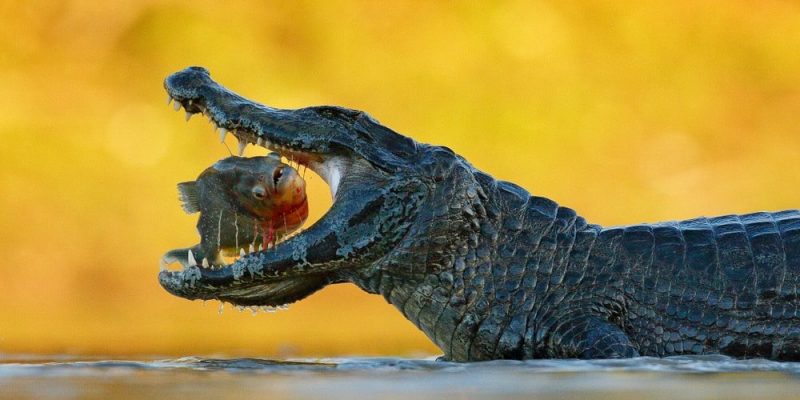
- The lions, panthers, mountain lions and other big cats.
- The crocodiles and alligators that surprise their prey going to drink water .
- Spiders, which use their webs to capture prey.
- The snakes and boas, employing asphyxiating poisonous bite or constriction to seize their prey.
- The eagles , hawks, owls and other birds of prey good size.
- The praying mantis , an insect so ferocious that it can feed on insects, minnows, small rodents or other mantises.
- Antelopes are large horned herbivores, which are hunted, hunted and eaten by African lions and Asian tigers on a daily basis.
- In the sea there are microscopic animals called zooplankton, which are massively preyed upon by whales , filtering them out of the water with their baleen.
- In the field, owls and barn owls prey on any type of nocturnal rodent they can get: mice, rats, even weasels.
- Seals and sea lions in the cold waters of the Atlantic are often preyed upon by the sharp teeth of sharks, or the claws of polar bears.
Examples of dams
Although practically any animal can be prey to another, it is herbivorous animals that tend to occupy this rung most frequently:
- Oxen, wildebeest and other wild cattle.
- Caterpillars of various types, predated by birds, rodents and insects.
- Moles, mice and other insectivorous rodents, hunted by birds of prey.
- Small fish that are eaten by larger fish.
Sperm whale
Physeter macrocephalus is a marine mammal weighing up to 50 tons. Its diet is proportional to its size and consists of whales, rays and squid, including the giant cephalopods of great depths, since it can dive deeper than any other mammal. To find their prey, they use echolocation. It also generates the loudest clicks in the animal kingdom , which stun its prey. In fact, the sperm whale has been estimated to be the largest predator that ever lived.
Jaguar
Panthera onca is the top predator of neotropical forests . It has the characteristics of an excellent predator: speed of up to 60 kilometers per hour, a silent hunting tactic and heavy legs with sharp claws capable of annihilating. Its mottled camouflage helps it ambush prey, rather than chase after it. These can be deer, armadillos, crocodiles, snakes, cows, fish, and turtles or frogs. In addition, it has a unique lethal technique among felines, in which it perforates the skull of its prey in the temporal bones until it reaches the brain.
Golden Eagle
Aquila chrysaetos , with several subspecies, has excellent vision that it takes advantage of to glide from 3 kilometers high in search of its prey, which can range from rabbits to carnivorous mammals or deer. When opening its wings, it can measure up to 2 meters and uses a precise dive to catch its prey and pierce its lungs to kill it in a matter of seconds.
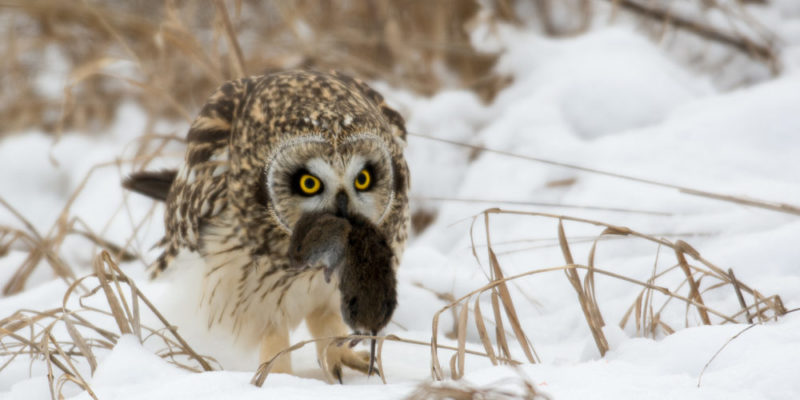 The above content published at Collaborative Research Group is for informational and educational purposes only and has been developed by referring reliable sources and recommendations from experts. We do not have any contact with official entities nor do we intend to replace the information that they emit.
The above content published at Collaborative Research Group is for informational and educational purposes only and has been developed by referring reliable sources and recommendations from experts. We do not have any contact with official entities nor do we intend to replace the information that they emit.
Anas is an editor of a prestigious publishing company in the United States. She studied Mathematics in Arizona. Anas is also a teacher and one of her long-term goals is to build an institution that offers free education to everyone who are financially not stable. .
Leave a reply
Your email address will not be published. Required fields are marked *Recent post

Sport: What Is It, Types, Risks, Features, Characteristics and Examples

Dogs: Emergence, Features, Characteristics, Feeding and Breeds

Story: Definition, Elements, Structure, Features and Characteristics

